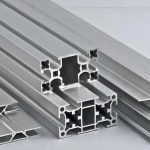Aluminum alloy Cable in wind farm
In recent years, China’s wind power industry has been developing rapidly, and the total installed capacity and annual new installed capacity of wind power are in the forefront of the world. However, due to the harsh environmental conditions of wind farms, the cable terminals, cable bodies, etc. of the power collection lines in the site … Read more

